When it comes to managing your EV charging stations, there’s no one-size-fits-all solution. The right approach depends on your goals, whether it's generating revenue, encouraging turnover, or simply offering convenience. Let’s explore the most common configurations for managing EV charging stations at retail locations.
Note: Think outside the box! Your ideal setup might be completely new and unique.
1) Charging by kWh
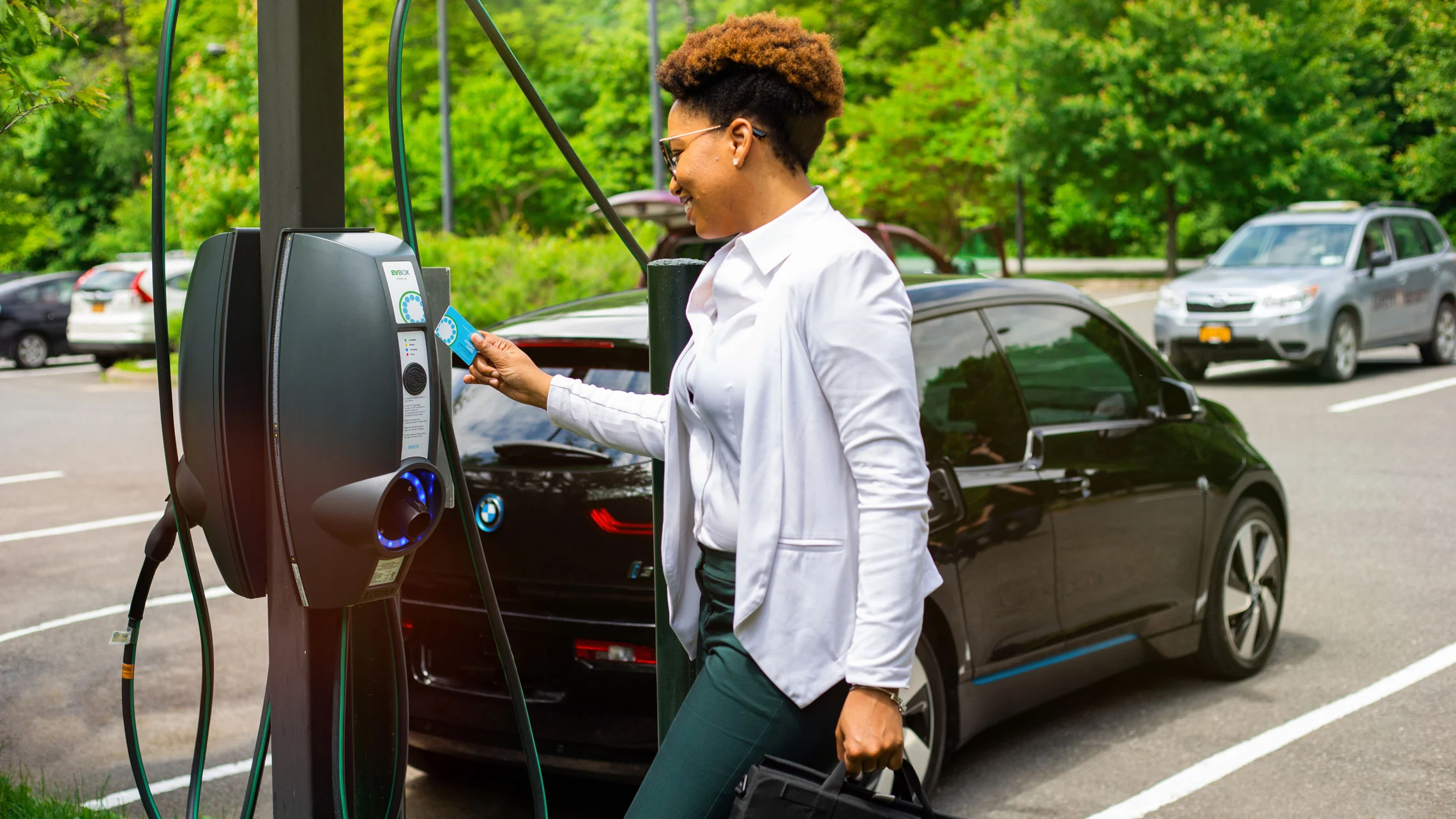
This method charges users based on the amount of energy their vehicles consume, measured in kilowatt-hours (kWh). It's straightforward and helps cover the cost of electricity. Here's how it works:
Example:

Set price—$0.30/kWh
30kWh x $0.30/kWh = $9.00
Works with:
- Networked stations (e.g., Greenlots, EV Connect, Everon)
| Pros: |
Cons: |
|
- Simple for both users and hosts
- Helps recover energy costs
|
- Doesn’t prevent long-term parking
- Not allowed in some regions where energy resale is restricted
|
Â
2) Charging by Time
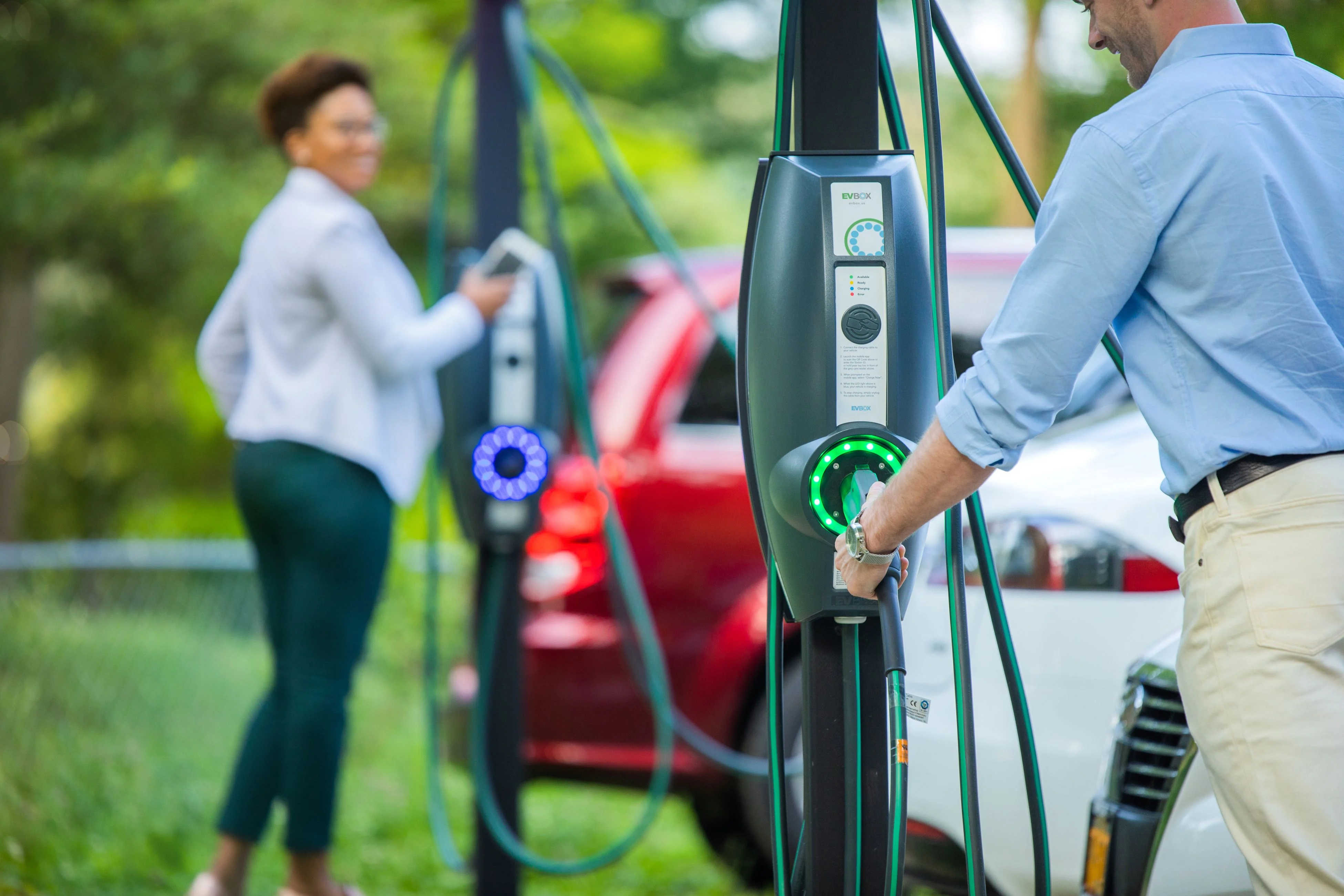
Charging by time encourages faster turnover by charging users based on how long their car is plugged in. This is especially useful for high-traffic areas where space is limited. Here's an example:
Example:

Set price—$2.25/hour
30kWh charge (at 7.4kW output) = ~4 hours
4 hours x $2.25/hour = $9.00
Works with:
- Networked stations (e.g., Greenlots, EV Connect, Everon)
| Pros: |
Cons: |
|
- Legal everywhere
- Discourages “camping†at chargers
|
- Favors cars with faster charging speeds |
3) Combo Pricing (kWh + Time)
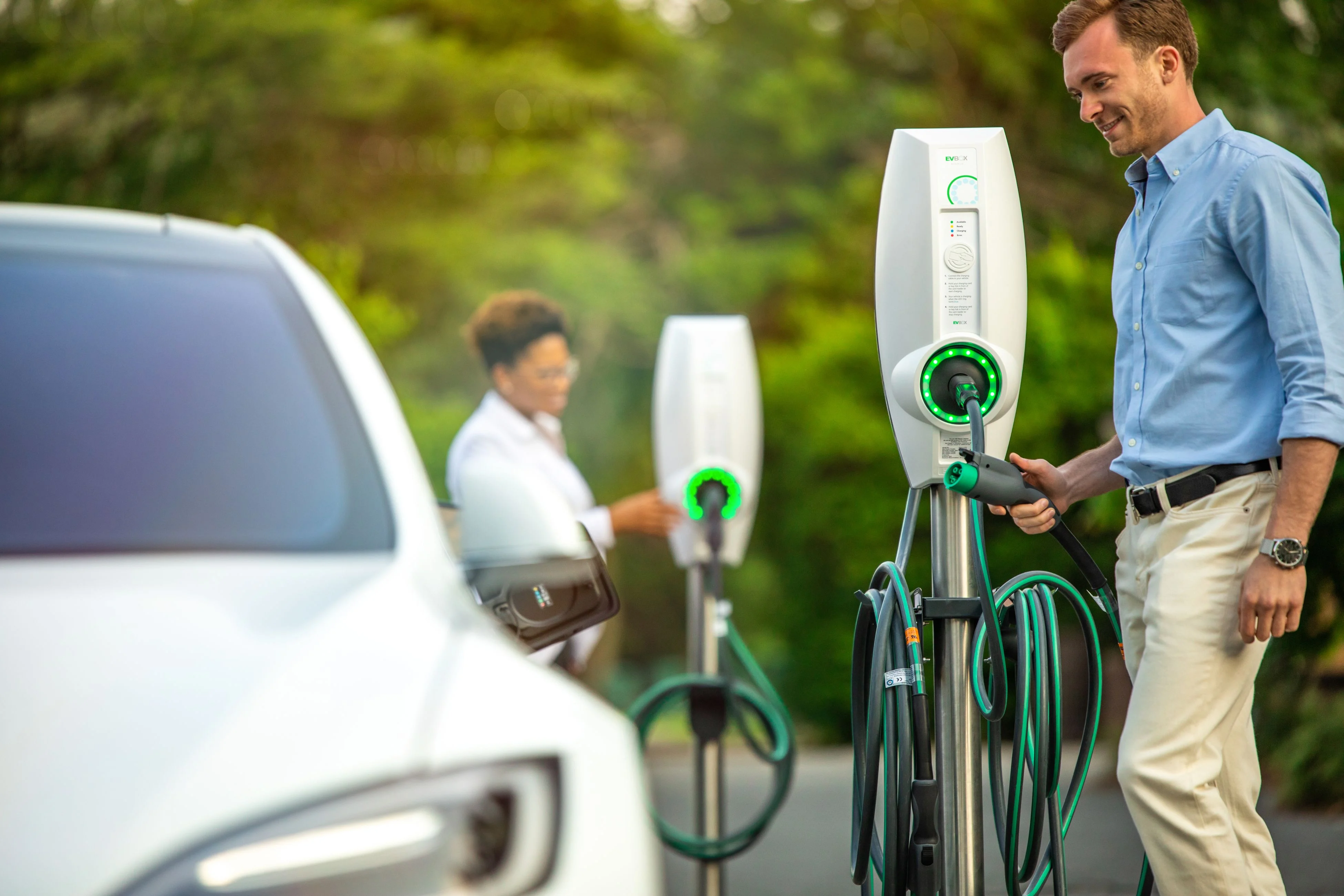
Some businesses use a hybrid model, charging both by energy used and by time. This ensures fairness while also encouraging quick turnover. Here’s how it could look:
Example:

Set price—$0.15/kWh & $1.15/hour
(30kWh x $0.15/kWh) + (4 hours x $1.15/hour) = $9.10
Works with:
- Networked stations (e.g., Greenlots, EV Connect, Everon)
| Pros: |
Cons: |
|
- Fair pricing for users
- Encourages quicker turnover
|
- More complex pricing models
- Not available in all markets
- Still favors faster-charging vehicles
|
Â
4) Flat Rate
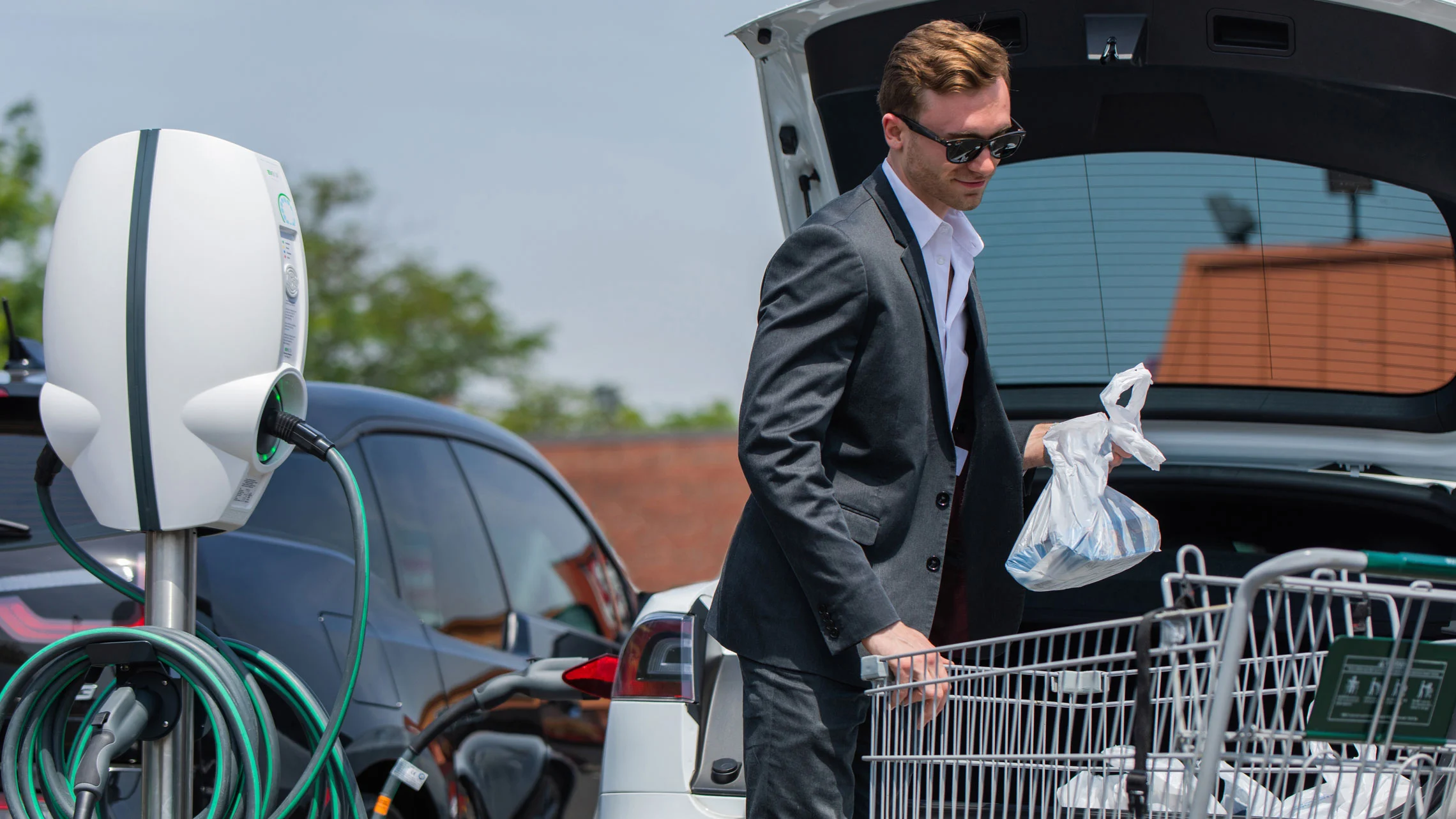 Â
Â
A flat rate is simple and easy for both users and hosts. You can even customize it, such as charging a fee upon entry or using access cards. This model is great for maintaining network-ready infrastructure while generating extra income.
Example:

Set price—$9.00 per charge
No math! It’s always $9.00
Works with:
- Networked stations (e.g., Greenlots, EV Connect, Everon)
- RFID-only (network-ready with access cards)
- Plug ‘n Charge (network-ready with no access cards)
| Pros: |
Cons: |
|
- Easy to implement
- Clear pricing for users
- No bias toward fast chargers
|
- Doesn’t deter long-term parking
- May not reflect actual energy usage
- Fewer smart features with network-ready systems
|
5) Free Charging
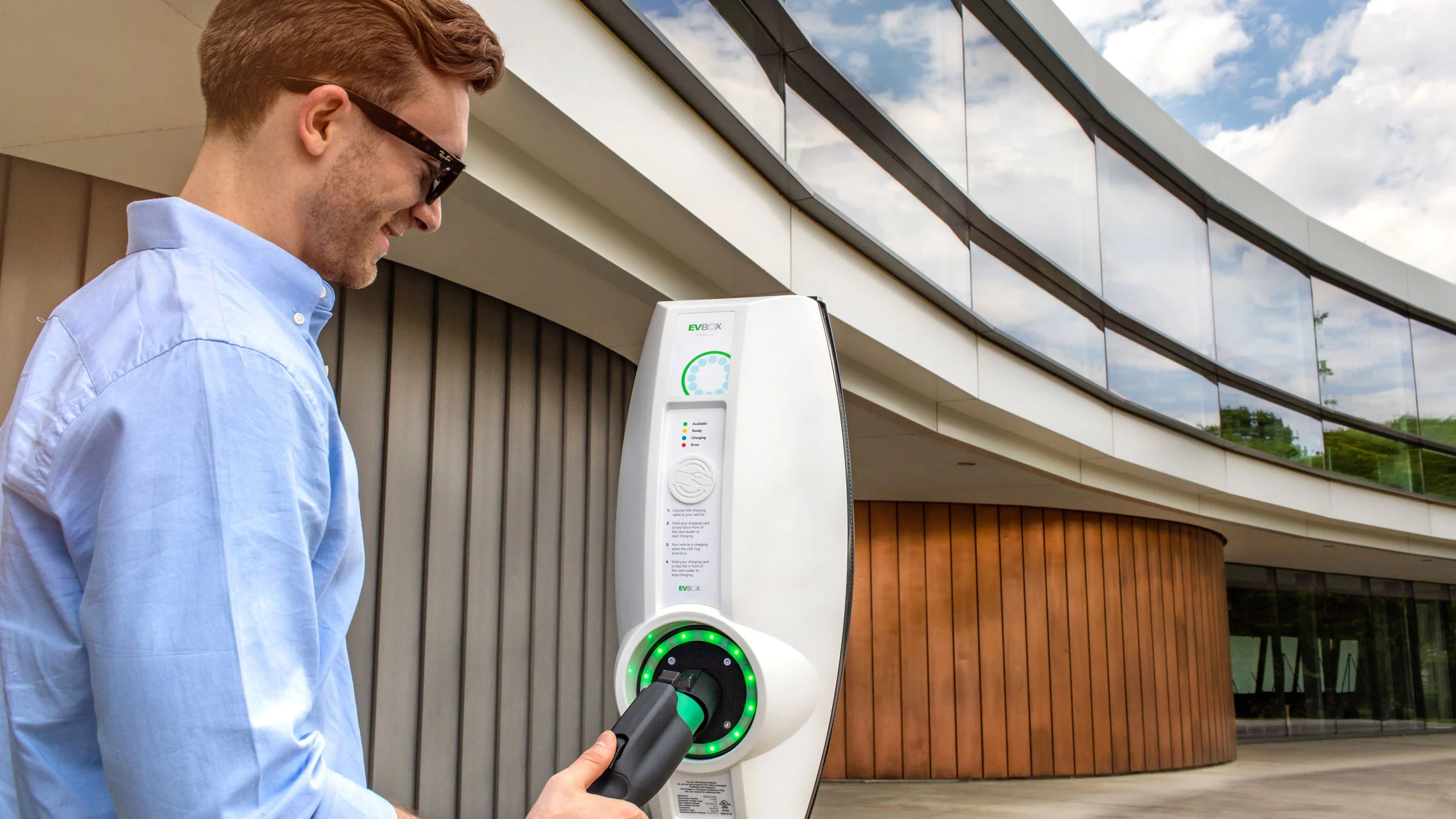
Offering free EV charging is a great way to attract customers without any additional cost. It’s perfect for building goodwill and drawing in EV drivers who appreciate the convenience. This option works with all types of charging stations.
Example:

Set price—FREE!
No math—it’s free!!
Works with:
- Networked stations (e.g., Greenlots, EV Connect, Everon)
- RFID-only (network-ready with access cards)
- Plug ‘n Charge (network-ready with no access cards)
| Pros: |
Cons: |
|
- Customers love it
- Lower operational costs (with network-ready systems)
|
- No revenue generation
- Limited smart charging features
|
Â
|
Learn everything you need to know about EV charging
Download our free eBook to discover how EV charging can set your business apart, generate extra revenue, and prepare your location for the future of transportation.
 hbspt.cta._relativeUrls=true;hbspt.cta.load(3950862, 'a4dca3e6-a0d5-459e-b696-8dffdc590b7d', {"useNewLoader":"true","region":"na1"}); hbspt.cta._relativeUrls=true;hbspt.cta.load(3950862, 'a4dca3e6-a0d5-459e-b696-8dffdc590b7d', {"useNewLoader":"true","region":"na1"});
|
Â




 Â
 
